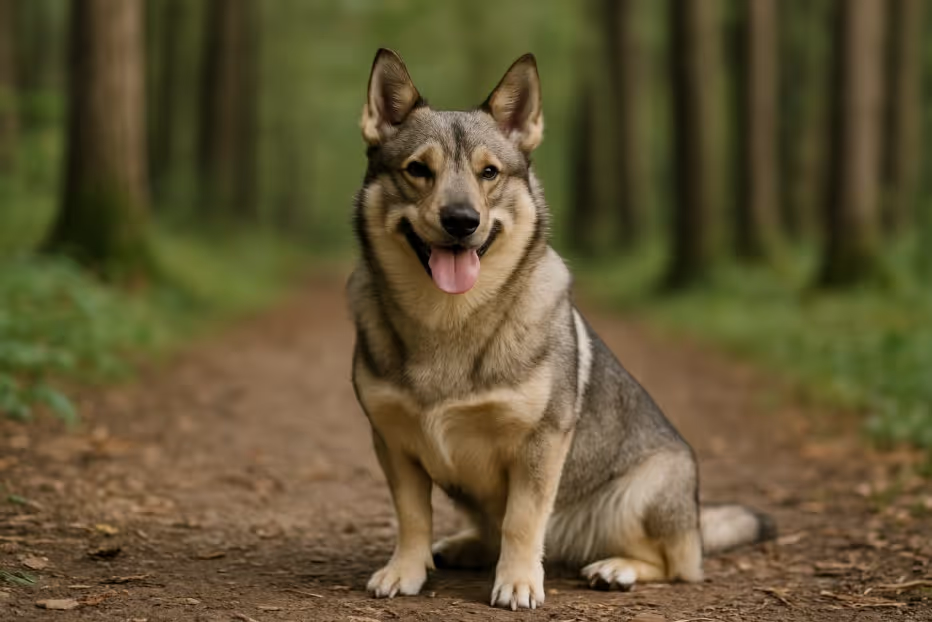The Swedish Vallhund is a spirited, intelligent, and loyal herding dog with a long history in Sweden, often described as a “Viking dog.” Compact yet sturdy, they are known for their fox-like face, short legs, and natural herding instinct. Playful and affectionate with family, the Swedish Vallhund thrives in active households that can meet their physical and mental stimulation needs. Their versatility makes them excellent companions for work, sport, and home life.

The Swedish Vallhund dates back over 1,000 years to the Viking Age, when they were used as all-purpose farm dogs in Sweden, especially for herding cattle. Their lineage is closely tied to other spitz-type dogs, and they share similarities with the Welsh Corgi, leading some to speculate on shared ancestry. Known as “Västgötaspets” in Sweden, they were nearly extinct by the mid-20th century but were saved by breed enthusiasts Björn von Rosen and K.G. Zettersten in the 1940s. The Fédération Cynologique Internationale (FCI) recognized the breed in 1953, and it was accepted into the American Kennel Club Herding Group in 2007.
A small, sturdy herding dog with a long body, short legs, and a fox-like expression.
The Swedish Vallhund’s coat is easy to maintain but sheds seasonally.
A high-energy herding breed that needs daily activity.
Highly trainable and eager to please, with a touch of independence.
A balanced diet supports their energy and muscle tone.
Generally healthy but may be prone to some genetic conditions.
Rare but available through dedicated breeders and herding dog networks.
Are Swedish Vallhunds good family dogs?
Yes, they are affectionate, playful, and loyal with family members.
Do they bark a lot?
They can be vocal, especially when herding or alerting.
Do they shed much?
Yes, especially during seasonal coat changes.
Are they easy to train?
Yes, they are intelligent and eager to please.
Do they get along with other pets?
Yes, with proper socialization.
Are they hypoallergenic?
No.
How much exercise do they need?
At least 45–60 minutes daily.